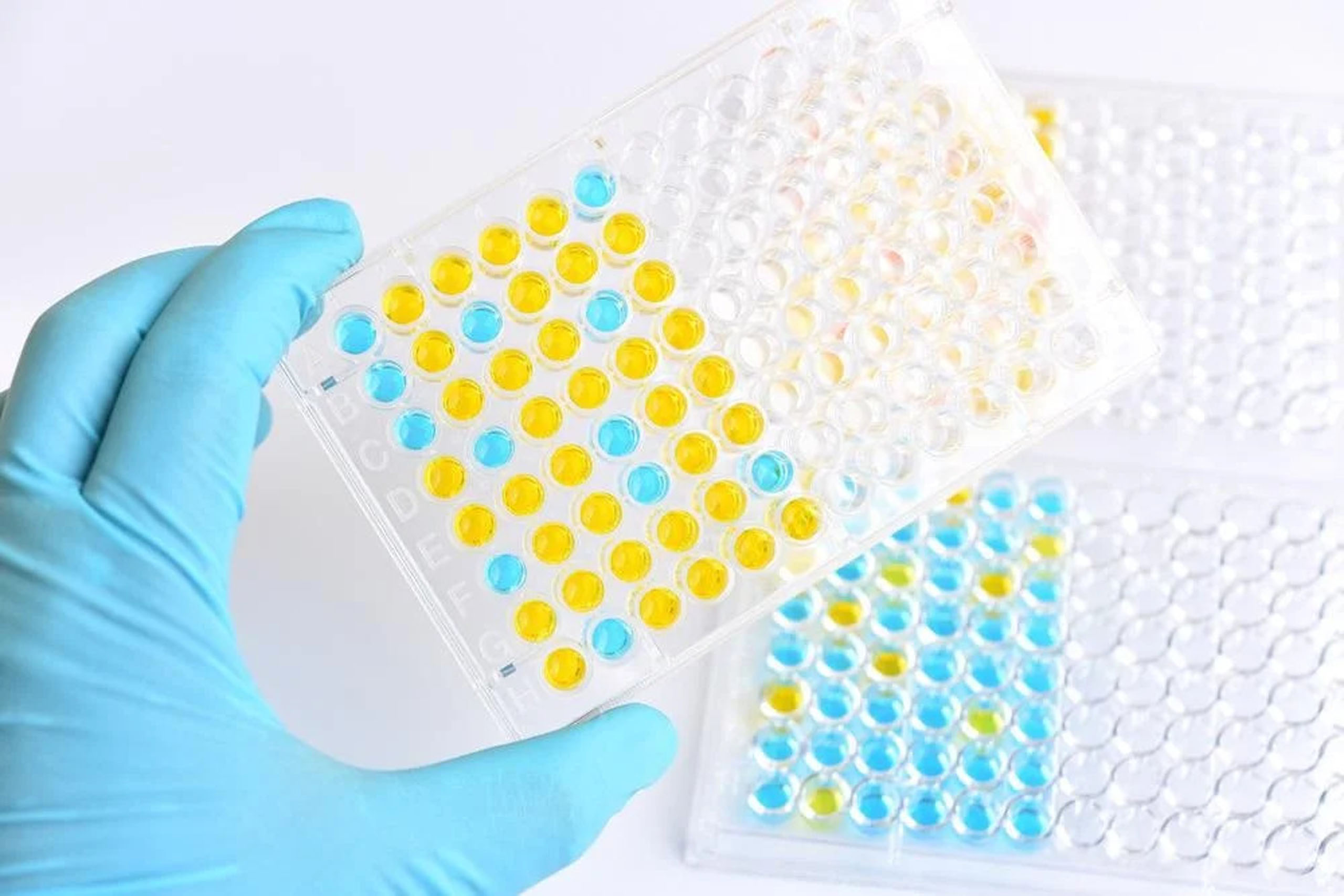Immunoassays refer to bioanalytical techniques that make use of the specific interaction between antigens and antibodies to identify and measure target molecules within biological samples. These techniques find extensive applications in various fields such as clinical diagnostics, drug discovery, drug monitoring, and food testing.
Types of Immunoassays
The concept behind an immune assay is centred around a competition between a predetermined quantity of a labelled substance and a varying amount of an unlabeled sample substance. This competition occurs for the limited number of binding sites on an antibody that is specifically designed to recognize the substance being analyzed. These methods offer the ability to quantitatively, semiquantitatively, or qualitatively detect a target molecule.
Radioimmunoassay (RIA)
Radioimmunoassays employ a radioactive substance as a marker to measure the levels of hormones, drugs, and viral antigens. A predetermined amount of radioactively labelled antigen is combined with a fixed amount of antibody designed to target that particular antigen. This resulting complex of radiolabeled antigen and antibody is then combined with a sample of the biological material that contains an unknown concentration of the same antigen.
When the amount of sample antigen exceeds that of the radiolabeled antigen, the sample antigen will attach to the antibody binding sites, displacing the radiolabeled antigen. Then, the level of radioactivity from these unbound radiolabeled antigens is measured, providing an accurate reflection of the concentration of unlabeled antigens in the biological sample.
The application of this method is limited in many laboratories due to the short half-life of radioisotopes and the associated health hazards.
ELISA: A Guide to Enzyme-linked Immunosorbent Assay
During ELISA, an antibody generated to target a specific antigen is connected to an enzyme.
When working with biological samples that contain the desired antigen, the enzyme-labelled antibody is allowed to bind to them. By adding a substrate that is specific to the enzyme, we can visualize the reaction. This produces a coloured product that can be detected using chromogenic or chemiluminescent imaging techniques. The purpose is to inform readers about the process of visualizing the reaction in biological samples by binding the enzyme-labelled antibody and using an enzyme-specific substrate. The paraphrased text uses neutral language and is suitable for a knowledgeable audience in a general domain.
ELISA is commonly employed in the efficient screening of antibodies or drugs due to its ability to provide accurate and precise results, making it highly reliable in terms of specificity and sensitivity.
Fluoroimmunoassays
Fluorescent dyes are employed for the labelling of antibodies. When investigating biological samples that contain a specific antigen, these samples are exposed to an antibody that has been labelled with a fluorescent tag. The resultant complex formed between the antigen and antibody is then assessed for its fluorescence intensity, enabling the quantification of the target antigen.
An Immunoassay optimisation company is a variable that can be modified to give you the best possible assay. Basic assays performance targets such as range, sensitivity, and precision can often be achieved quite quickly, but Fleet’s expertise will ensure that other critical factors are adequately addressed.
Chemiluminescence Immunoassays
Luminous molecules emit visible or near-visible light, known as luminescence, when they transition from an excited state to a ground state. This luminescent emission can be detected using devices designed to measure luminescent signals.
Chemiluminescence immunoassays utilize different types of markers, like acridinium esters, alkaline phosphatase, and horseradish peroxidase, along with substrates such as adamantyl 1, 2-dioxetane aryl phosphate (AMPPD) and luminol. The luminophore markers, such as acridinium esters, can be employed directly, while enzymatic markers, including alkaline phosphatase and horseradish peroxidase, can be used indirectly through the use of AMPPD and luminol substrates, respectively.
By employing enhancers, this technique offers the significant benefit of extending the readout duration and maintaining signal intensity, enabling the reaction to persist for an extended period.
Counting Immunoassays
Particle counting technology is used in immunoassays to tally the number of particles. In this process, antibodies that are specific to a particular antigen are coated onto polystyrene beads, also known as latex particles. When these beads come into contact with a biological sample containing the target antigen, they bind together to form immune complexes, resulting in visible clumps or agglutination.
Based on the level of the target antigen, a portion of the beads may not bind and can be quantified using a cell counter. The count of unbound beads reflects the concentration of the target antigen in an inverse manner.
Trends in Immunoassays
Cutting-edge immunoassays are currently in the works, offering heightened sensitivity and reduced time consumption. A notable example is the label-free immunoassay based on surface plasmon resonance (SPR). This innovative technique boasts numerous advantages, including rapid analysis (completed within minutes), minimal sample and reagent requirements, a microfluidic immunoassay protocol without the need for labelling, and an automated system with exceptional throughput.
Smartphones have played a significant role in advancing health-related monitoring and management. Immunoassay formats, such as those based on multiplex beads and lateral flow, have emerged as the latest developments in this field. These advancements allow for real-time tracking and control of health complications.

